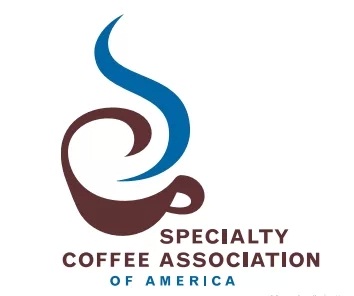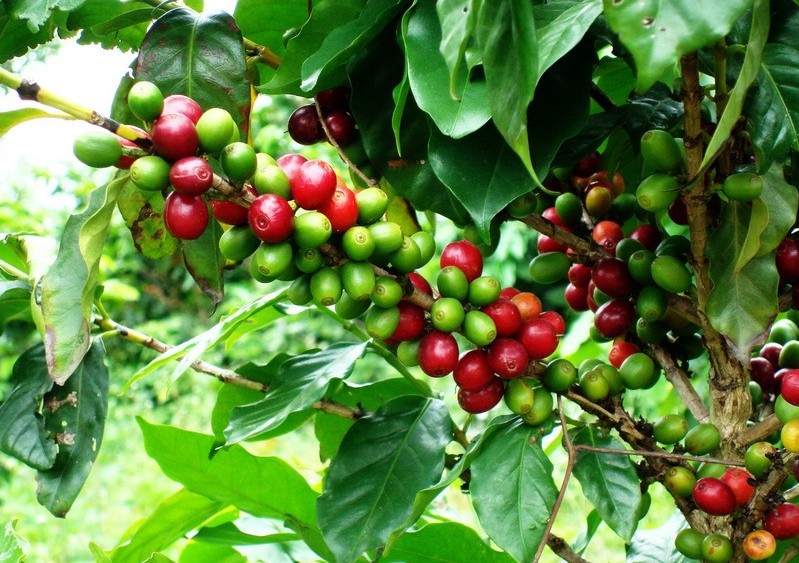Learning coffee knowledge begins with understanding the three coffee waves.
At first, it was a delicious three-in-one instant coffee, then changed to fancy coffee represented by Starbucks. Now, more and more people are beginning to accept drinking sugar-free and milk-free black coffee to taste the pure flavor of coffee beans themselves.
The first wave of coffee rose in instant coffee, represented by "Nestle" and "Maxwell","taste excellent" and "drop fragrant, meaning not finished", almost the beginning of the continental coffee enlightenment education. At that time, the Chinese who first started coffee were resistant to black coffee popular in the European and American markets, so Nestle introduced 1+2 blended coffee to eliminate bitterness and demonstrated brewing methods in advertisements. In the sweet taste of creamer mate, the Chinese coffee journey begins.
However, while driving the Chinese people's familiarity and understanding of the word coffee, it also buried a lot of hidden dangers. In the impression of most Chinese people, coffee is "Nestle", coffee is "bitter", and coffee should be mixed with "partner".

The second wave of coffee, after instant coffee, in Europe and the United States to Starbucks, Costa represented by Italian coffee gradually led up. In China, the second wave of coffee that first appeared was based on the first wave of coffee, and with the gradual improvement of the awareness of coffee among Chinese people and the Chinese market, a conceptual coffee shop that imitated the rise of the second wave of coffee in Europe and America was produced.
At the same time, Starbucks, the representative of the second wave of coffee in Europe and America, has also developed and expanded explosively in China, and the "third space" built by Starbucks in the world has become the reason for people's fascination with it. "In such a space, people's relationships are free and equal. There is no sense of hierarchy in the workplace, and there are no restrictions on various roles in the family. People can truly release themselves." Starbucks has built a perfect social and identity space compared to previous small cafes of different shapes. For the first high-class white-collar customers, Starbucks became the "standard" of an identity: high income, taste, and international integration.

Take Shanghai, home to foreign-owned companies: Starbucks 'sales in Shanghai reached 100 million yuan in two years after opening its first store on Huaihai Road in Shanghai in 2000. And curious customers who know nothing about coffee can relax at Starbucks. It is stylish and comfortable, but not as aggressive as other literary cafes. This is exactly what Starbucks strives to create. It is thoughtful about Chinese customer habits, such as Chinese consumers who prefer to eat in or near stores, so Starbucks has more food and seats in most stores in China than in the United States. Considering that Chinese people like hot food, each store has also added an oven, which makes Chinese customers who used to drink coffee in the afternoon or evening start to visit frequently in the morning. It cannot be denied that the people-friendly concept of the second wave of cafes has indeed driven the Chinese people's recognition and intimacy of coffee, and has greatly enhanced the cultural heritage and national taste of a city.

The third wave of coffee is a revolution. It is precisely because the market is now full of a large number of products that fail to restore the quality of coffee itself, confusing the public's correct understanding of coffee, that a group of coffee advocates who really love fine coffee have emerged. They insist on providing fine coffee, spreading authentic coffee culture, having exclusive cultural significance, providing coffee directly from the place of origin, and its exclusive culture and technology, so they can attract people who really like coffee.
This kind of cafe, whether it is from the source of raw beans, coffee roasting, coffee making, and even the selection of coffee cups, has strict specifications, the purpose is to return the real quality of coffee. The owners of such cafes often have a deep attachment and understanding of fine coffee and master the skills and knowledge of coffee roasting, coffee tasting and coffee making. It should be noted here that coffee tasting requires artistic feelings, but coffee making requires rigorous scientific methods, including the shelf life of coffee beans, the temperature of brewed coffee, the method and time of water injection, etc., often accurate to 1 degree Celsius and a few seconds.

There is something to know about the fine coffee espoused by the third wave of cafes.

As a proper noun there is a strict definition. Like fine wine and tea, the geographical environment, climatic characteristics and planting traditions of different producing areas form the "Terroir", which is also the soul of coffee in fine producing areas.

As a proper term, it was first proposed by Erna Knustsen, known as the "godmother of fine coffee", in the Tea & Coffee Trade Journal in 1974, to highlight that "only in the most favorable microclimate and soil can the unique flavor of fine coffee be cultivated", aiming to distinguish it from the bulk commercial coffee on the New York Futures Exchange. In 1972, Ms. Knudsen and Donna. Donald N. Schoenholt co-founded the SCAA Specialty Coffee Association of America, and the word "specialty coffee" became a global term.

Ms. Knudsen first proposed the concept of fine coffee, emphasizing the relationship between upstream growing environment and coffee quality. Now, the American Specialty Coffee Association has redefined the concept of specialty coffee: carefully select the most suitable varieties and grow them in the altitude, climate and soil conditions that best contribute to the development of coffee flavor. Carefully washed and sun processing, select the most flawless raw beans, zero defects in the transportation process to the customer's hands. After the roaster's superb craftsmanship, the most abundant regional flavor is extracted, and then the delicious coffee is brewed in a recognized extraction method. According to this definition, the connotation of fine coffee includes not only the core factor of planting environment, but also the three most critical process links of green bean treatment process, roasting process and extraction (brewing) process. In short, fine coffee should be a high-quality coffee with the trinity of "good beans, good roasting and good extraction".
(Source: Coffee Culture/Original Title: From instant to fine, from first sight to love, three waves of coffee tell the history of coffee)
Important Notice :
前街咖啡 FrontStreet Coffee has moved to new addredd:
FrontStreet Coffee Address: 315,Donghua East Road,GuangZhou
Tel:020 38364473
- Prev

Espresso knowledge understands the true meaning of espresso through crema
Just recently, a coffee magazine in Copenhagen published an article saying that coffee would taste better if the coffee fat from Italian espresso was skimmed off. Indeed, the coffee oil tastes extremely bitter, and if the oil is removed, the overall taste of the coffee will become sweeter. But traditional coffee makers don't think so. The Italian National espresso Association
- Next

Basic knowledge of boutique coffee what is "coffee nose"
LE Nez Du Cafe coffee nose is similar to alcohol nose Le Nez Du Vin, which is a group of coffee aroma bottles and a sharp weapon for coffee lovers to train their sense of smell. Baristas, coffee roasters and coffee quality appraisers (Q-grader) all use coffee noses to train their sense of smell, and the specific understanding and memory of the smell should be determined according to personal experience. Will
Related
- Beginners will see the "Coffee pull flower" guide!
- What is the difference between ice blog purified milk and ordinary milk coffee?
- Why is the Philippines the largest producer of crops in Liberia?
- For coffee extraction, should the fine powder be retained?
- How does extracted espresso fill pressed powder? How much strength does it take to press the powder?
- How to make jasmine cold extract coffee? Is the jasmine + latte good?
- Will this little toy really make the coffee taste better? How does Lily Drip affect coffee extraction?
- Will the action of slapping the filter cup also affect coffee extraction?
- What's the difference between powder-to-water ratio and powder-to-liquid ratio?
- What is the Ethiopian local species? What does it have to do with Heirloom native species?

